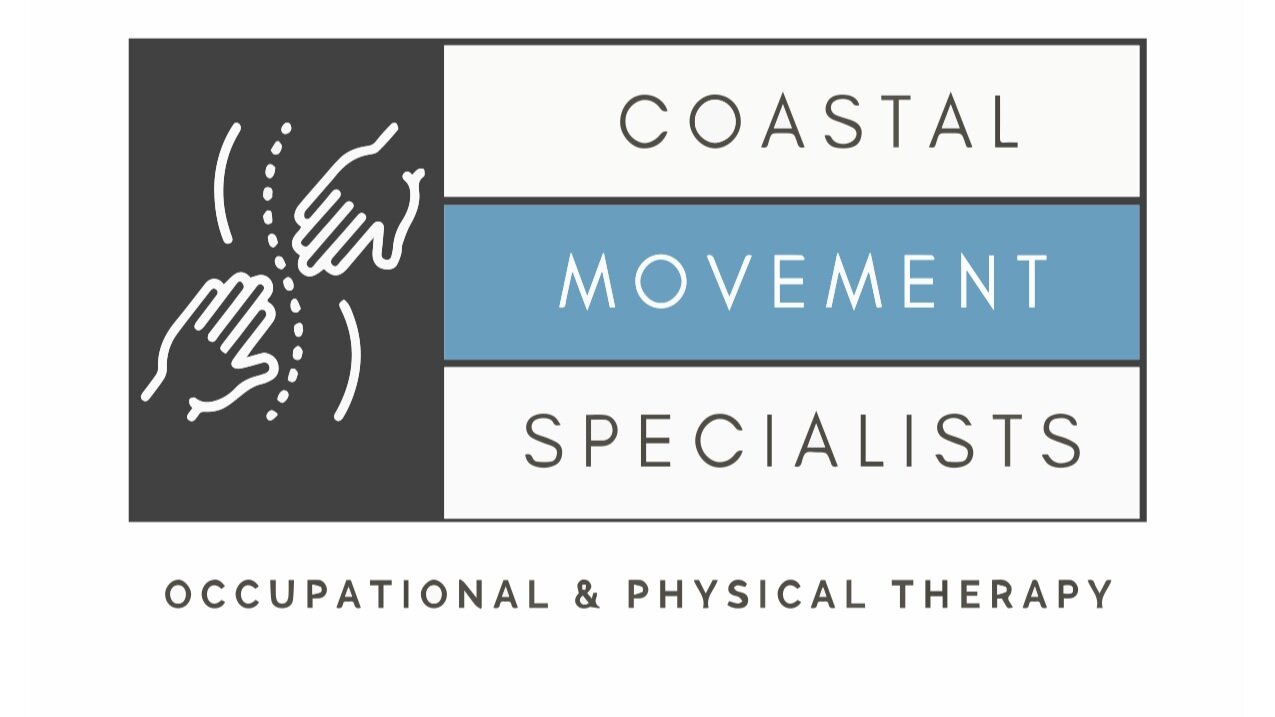BPPV Physical Therapy
Vertigo affects millions of people each year and results in more than three million visits to emergency rooms. The most prevalent form of vertigo is known as BPPV or Benign Paroxysmal Positional Vertigo. The trained occupational and physical therapists at Coastal Movement Specialists can accurately diagnose and treat BPPV. We can help you regain your balance and stability so that you can return to an active lifestyle. Learn more below, and contact us today to schedule an appointment in our Johns Island, SC office.
+ What Is BPPV?
BPPV is an inner ear condition that affects the vestibular system, which helps you maintain your balance and stability. It is the most common form of vertigo and is not life-threatening (Benign), happens suddenly with a short duration (Paroxysmal), and is triggered by positions and movements of your head (Positional). Although BPPV is not a serious problem, it can cause harm if it results in dangerous falls.
+ What Causes BPPV?
Problems with tiny “stones” in your inner ear known as otoconia that help you keep your balance can cause BPPV. Otoconia are calcium carbonate crystals that move around when you stand or turn your head. When these tiny “stones” move out of their normal position into the canals of the inner ear, you can feel like you are moving even when remaining still.
+ Symptoms
Usually, the symptoms of BPPV only last briefly, less than one minute in most cases. Although the symptoms may come and go, you may experience BPPV after a long time of not having symptoms. The most common symptoms that accompany the feeling of vertigo include:
- Feeling like you are spinning or tilting
- A sense that everything around you is spinning
- Nausea
- Vomiting
- Lightheadedness
- Loss of balance
+ What Triggers BPPV?
BPPV can occur without the occurrence of a specific event, especially in older adults. However, you can experience BPPV because of:
- Head trauma
- Prolonged positioning of head (i.e., due to dental or surgical procedure)
- Inner ear disease
- History of chemotherapy
- Osteoporosis
- Diabetes
+ How Is It Diagnosed?
Typically, the diagnosis of BPPV takes place after a thorough medical history and physical exam. Detection of a particular kind of eye movement known as nystagmus and vertigo when moving your head into certain positions helps diagnose BPPV. In most cases, BPPV diagnosis requires no medical imaging such as MRI or CT scan.
+ How Can Physical Therapy Help?
Physical therapy is the leading and most successful form of treatment for BPPV. Your symptoms can typically resolve after one or two physical therapy visits. Although you may not need follow-up appointments, you may benefit from balance training specific for inner ear problems.
Schedule an Appointment
Located on Johns Island, SC, Coastal Movement Specialists serves the entire Charleston area. Contact us today to schedule an appointment with our experienced physical therapists.
